How Red Bull Became a Formula 1 Powerhouse: The Story of a Big Team
In the competitive world of Formula 1, becoming a “big team” is tough. It demands huge financial investment. Technical prowess, strategic foresight, and the right people are also crucial. Red Bull Racing, once a small operation, started after buying the struggling Jaguar F1 team in late 2004. Now, they are a dominant force. They have redefined what it means to be a top team. Their journey from energetic newcomers to a formidable Red Bull F1 big team shows a unique mix of corporate philosophy and motorsport passion.
The Foundation: Vision and Investment
Red Bull’s Formula 1 success began with its founder, Dietrich Mateschitz. He had previously sponsored F1 drivers and teams. Mateschitz saw F1 as the best marketing platform for his energy drink. When Ford offered to sell Jaguar Racing, he bought it. He established Red Bull Racing in 2005. This was more than just a sponsorship deal. It was a full commitment to build a competitive team. Significant financial investment backed this effort. This bold first step made Red Bull truly become a Red Bull F1 big team.
Strategic Hires: Masterminds Behind the Machine
Early on, Red Bull understood something vital. Success in Formula 1 isn’t only about money. It’s also about human talent. Two key appointments helped their rise greatly.
- Christian Horner as Team Principal: Horner was the youngest team principal in F1 then. He brought ambition, shrewd leadership, and deep motorsport knowledge. He quickly shaped the team’s culture. He oversaw its fast growth. This transformation led them to become a Red Bull F1 big team.
- Adrian Newey as Chief Technical Officer: Newey’s arrival in 2006 was a game-changer. Many consider him one of F1’s greatest designers. He had already designed many championship-winning cars for Williams and McLaren. Red Bull gave him the creative freedom and resources he wanted. This allowed him to push car design limits. His genius in interpreting rules and finding aerodynamic advantages became crucial. This fundamentally changed them into a Red Bull F1 big team.
Nurturing Talent: The Red Bull Junior Team
Red Bull’s commitment to talent went beyond engineers and managers. It extended to drivers. They created and developed the Red Bull Junior Team. This proved to be a brilliant idea. This extensive program finds and trains promising young drivers. They start in karting and move through junior racing. The program provides funding, training, and competitive chances to reach F1.
This pipeline has produced many successful drivers. It includes multiple F1 race winners and world champions:
- Sebastian Vettel: He was the first graduate to win an F1 Grand Prix with Toro Rosso, Red Bull’s sister team. Then, he led Red Bull Racing to four straight Drivers’ and Constructors’ Championships from 2010 to 2013.
- Max Verstappen: Promoted from Toro Rosso, Verstappen quickly showed his immense talent. He won his first F1 race on his Red Bull Racing debut. He later secured multiple World Drivers’ Championships. This solidified Red Bull’s status as a Red Bull F1 big team.
- Other successful graduates include Daniel Ricciardo, Carlos Sainz Jr., and Pierre Gasly. All have performed well in F1.
Capitalizing on Regulation Changes and Technical Brilliance
Investment and hiring talent were vital. Yet, Red Bull’s engineering team also played a huge role. Under Newey’s guidance, they always used technical rules to their benefit. Significant aerodynamic rule changes came in 2009. These changes perfectly suited Newey’s skills. Red Bull built a very competitive car that year. They truly emerged as a front-running team then. They were no longer just participants.
Their careful chassis development became their hallmark. It was often designed around specific engine traits and driver feedback. Even with less powerful engine partners at times, Red Bull’s chassis often remained superior. This helped their drivers get maximum performance.
Engine Partnerships and Internal Power Unit Development
Red Bull has had many engine suppliers. They worked with Cosworth, Ferrari, Renault, and Honda. The partnership with Renault was fruitful sometimes, but eventually became strained. This led to a key strategic decision: partnering with Honda. That collaboration resulted in championship success. After Honda fully withdrew from F1 involvement, Red Bull made an even bolder move. They established Red Bull Powertrains. This new division will develop their own power units for the 2026 regulations. They are doing this in partnership with Ford. This ambitious step shows their commitment to long-term independence. It confirms their position as a truly self-sufficient and dominant Red Bull F1 big team.
Marketing and Brand Synergy
Beyond technical and sporting aspects, Red Bull’s marketing strategy has been crucial. F1 is more than just racing; it’s a global spectacle. Red Bull’s “gives you wings” philosophy fits perfectly with F1’s high-octane world. Their daring stunts, vibrant branding, and involvement in extreme sports align well with F1’s fast-paced, cutting-edge image. This amplifies their brand presence and global appeal.
Conclusion: A Legacy Forged in Ambition
Red Bull Racing started as a team with an underperforming legacy. Over two decades, they meticulously built a dynasty. Strategic vision, unmatched technical expertise, a groundbreaking driver development program, and strong financial backing drove this. They have become a constant championship contender. They are a true Red Bull F1 big team. Their story is a blueprint for success in modern Formula 1. It shows that ambition and execution can take even a new entrant to the very top.
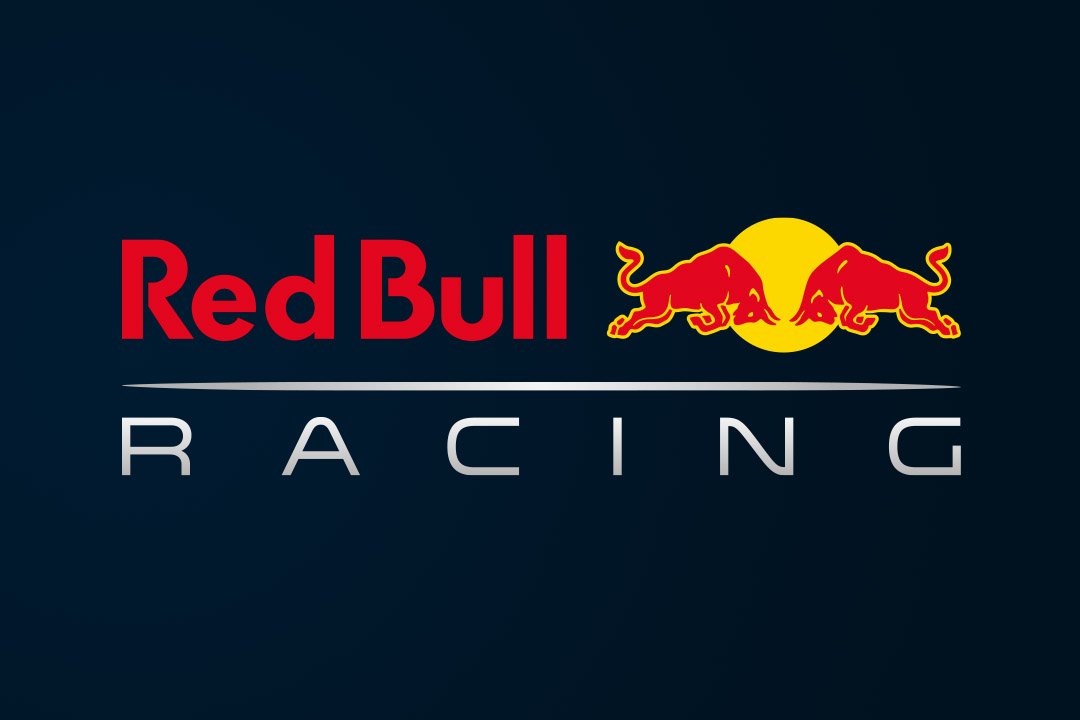
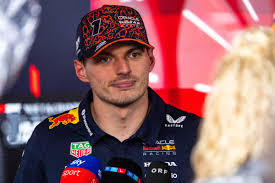




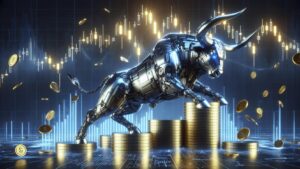




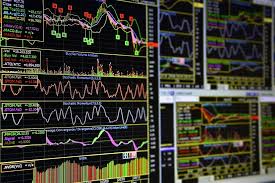
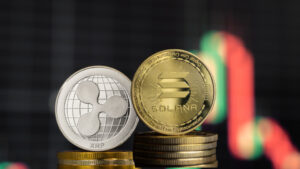

Post Comment